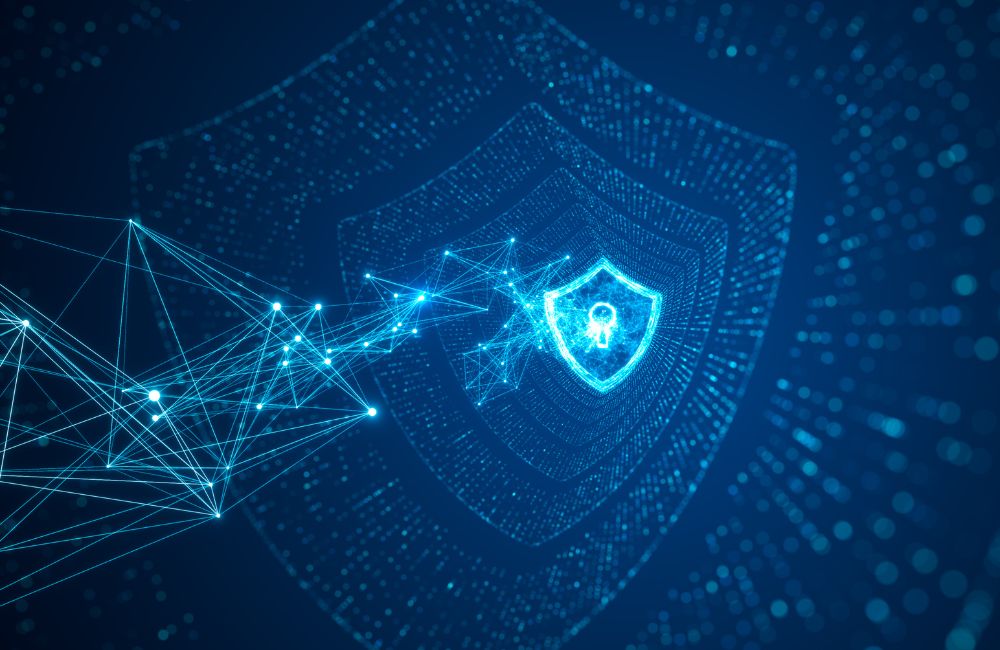Defense in Depth Cyber Security: A Multilayered Approach
Cyber security is a complicated matter. With a wide range of different threats, attack vectors, and vulnerabilities to be aware of, companies must understand how to appropriately protect themselves. If preventative measures are not taken, an organization leaves itself open to the possibility of disastrous results. In fact, in recent years, companies have been forced to pay out huge sums to cybercriminals, halt production completely, and worse.
This is why it’s an absolute necessity for any business in the manufacturing space to take proactive steps against cyber threats. In previous years when there was less connectivity throughout systems and processes, a single-pronged approach may have been adequate. But in today’s world of connections, a multilayered approach is the only way to sufficiently protect all systems and people within a manufacturing environment. This is known as defense in depth cyber security.

What is Defense in Depth?
Defense in depth cyber security, also commonly referred to as cyber security defense in depth or network defense in depth, is a multilayered, proactive approach to protecting systems, networks, and more against cyber threats. With a comprehensive defense in depth strategy, organizations deploy a combination of safeguards in the IT and OT environments, as well as through policies and procedures.
This holistic method of cyber security ensures that every aspect of a facility is included, from devices on the plant floor and information in the cloud all the way to working with individual employees to maintain best practice operating standards. This means that an essential element of defense in depth security is collaboration from all personnel both within their own departments and working with other areas of the organization.
Changing with the Times
As the world has become ever more connected, manufacturing companies have increasingly utilized defense in depth network security. It’s the smart choice for any business running a connected enterprise (which most do), so it is equally important to understand the variety of factors that must be addressed through it:
Physical Safeguards
Ensuring the security of devices on the OT layer. This can include anything from physical barriers to lockout procedures and more.
Electronic and Network Safeguards
Protecting data on the IT layer, as well as securing that data through IT/OT convergence. This can include secure data transfers and storage, among other measures.
Procedural Safeguards
Working with all personnel, both internal and external, to make sure they understand all security protocols and follow them diligently. A business cannot achieve any form of acceptable security without full buy in from its team members.
Getting Started with Defense in Depth Cyber Security
Though there are multiple layers to a successful defense in depth strategy, the actual path toward implementation is accessible and straightforward. Before anything else, an organization must understand its current setup. That means performing an evaluation to determine where the greatest risks and vulnerabilities lie, as well as verifying what measures are already in place and how effective they are. Once these factors are established, it is then necessary to work with a trusted solutions provider that is able to recommend and help realize the additional measures required to reach an acceptable level of security. It is important to work with partners who offer a range of solutions, so that they can be customized to a manufacturer’s unique needs.
PA Solutions is equipped to do all this and more for its customers. Through a diverse range of services and platforms, our team of expert engineers will find the precise solution that’s specially tailored to any unique manufacturer. Contact us today to learn more.

